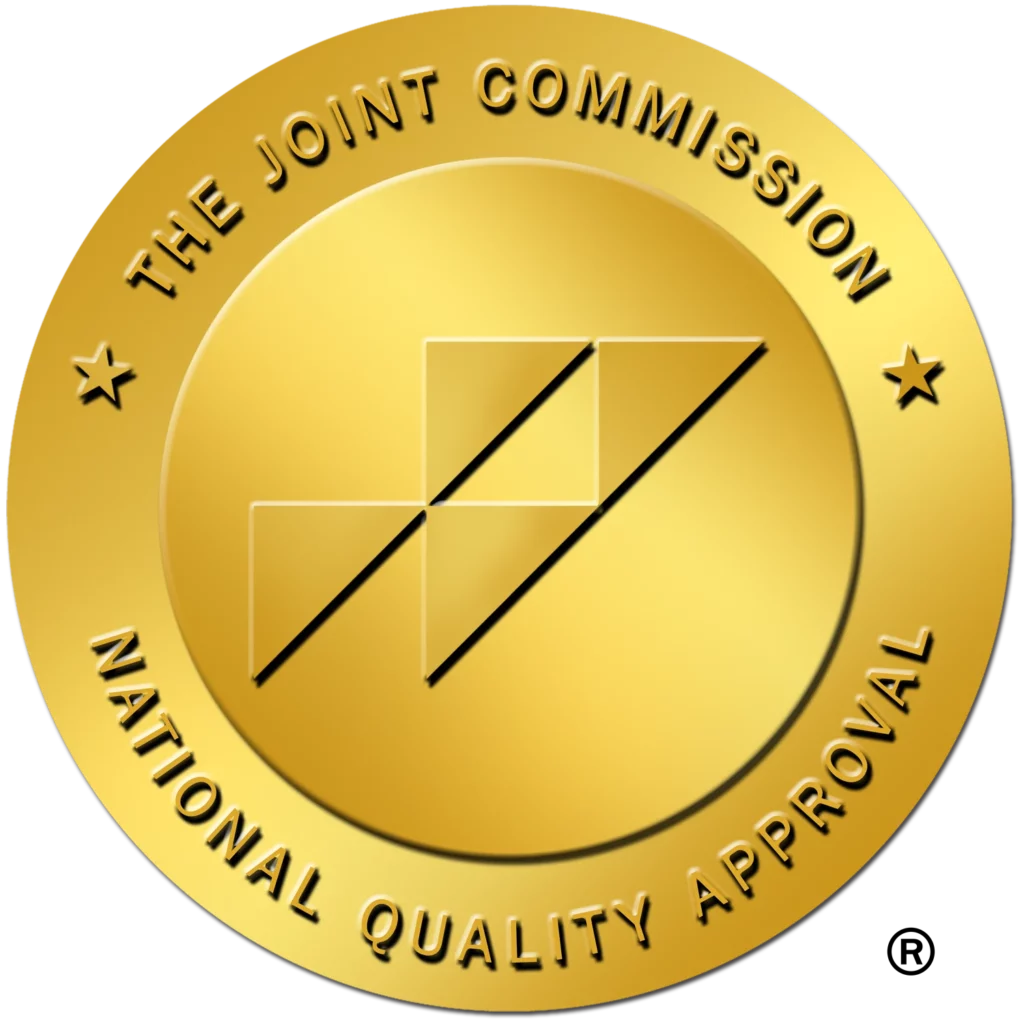Long Term Addiction Treatment Associated with Successful Completion and Lower Readmission Rate, Study Says
This entry was posted in Addiction News and tagged long term addiction treatment, long term addiction treatment leads to better outcomes on April 07, 2021 by Justin Baksh, MS, LMHC, MCAP, Chief Clinical Officer.

The longer you stay in addiction treatment, the more likely you are to successfully complete it. This is one of the conclusions of a new study of addiction treatment center patients.
In the study, 63 days was the average duration of successfully completed care episodes. Unsuccessful ones, on the other hand, were only about a third of that time, or just 22 days.
The study also found an inverse relationship between re-admittance within the calendar year and how long treatment lasts. The shorter the duration the care, the higher the readmittance rate. In fact, those who readmitted had, on average, a 25% shorter duration of care versus those who did not.(Baksh, 2021)
These findings are in line with long-standing research equating long term addiction treatment with successful, lasting recovery.
What is long term addiction treatment?

It’s important to remember two things here. First, we aren’t talking about a long term residential stay. Secondly, the intensity of the treatment isn’t the same the whole way through.
Addiction treatment is in a process – not a one-time event. It involves progressing along a continuum of care:
- Detoxification (detox) is the first step toward recovery. In detox, patients are under 24-hour medical supervision as they experience acute withdrawal from their drug of choice. Depending on what they’ve used, how much of it they’ve used, and for how long they’ve used it, detox can last from five days to two weeks., or even longer in some cases.
- A short residential stay can follow detox. This optional step extends the residential stay about a week or two, according to the client’s needs. As with detox, clients never leave the treatment facility during this stage. Alternatively, patients can also go straight from detox to partial hospitalization as well.
- Partial hospitalization involves full-time treatment paired with sober home living. The aim of partial hospitalization treatment is to uncover and treat the underlying conditions that led to addiction through traditional therapy, neurofeedback, biofeedback, and more. Clients live somewhat independently, in a supportive sober living environment that includes accountability, chores and rules such as curfews.
- Intensive outpatient is the next step. After 30 to 45 days of the full-time treatment in the partial hospitalization, patients step down into the intensive outpatient level. Treatment is part-time (three hours a day, typically), starting at five days a week and stepping down into three as the client makes progress. Typically, clients spend 30 to 45 days in intense outpatient care.
- Outpatient care is the final stop. Here, clients are fully independent, taking advantage of outpatient therapy of one to three hours a week on average. Outpatient care can last for months, and even stretch for years if needed. Some find the extra support helpful for a lifelong recovery.
As individuals progress along the long-term addiction treatment continuum, they are able to seek employment, establish a new living situation and make new friendships. They put down roots in a new, recovery-oriented life.
The exact timeframe of long-term addiction treatment can be 60, 90, 120 days or even longer. In fact, some studies show that 12 months of continuing care after treatment can yield better results as well.
The bottom line?
Addiction treatment should last as long as it takes to produce lasting sobriety. Instead of focusing on the time, focus on the progress.
Long Term Addiction Treatment is a Major Factor in Recovery

Longer treatment durations have consistently been shown to affect post-treatment outcomes. The longer the stay, the better the outcome at follow up.
The first large-scale, broad-scope national study of addiction treatment programs was launched in 1969. Studying over 44,000 patients form federally funded programs of various treatment modalities, the Drug Abuse Reporting Program conducted client follow-ups for up to 12 years after treatment.(Background, n.d.>
The result?
Amount of time spent in treatment was “a major predictor of outcome.” Specifically, being in treatment for 90 days or more was “significantly associated” with better outcomes.
Similarly, the 1991 Drug Abuse Treatment Outcome Study (DATOS) also showed better results at post-treatment follow ups for those with longer treatment stays in its study of 12,000 adult clients in 12 cities at 50 different treatment programs.
In other words, clients were able to stay clean and/or maintain sobriety in the real world, after they exited treatment. Those who received three months of long-term residential and outpatient treatment or more had “significantly better outcomes” at 12 months post-treatment. These outcomes include improved employment, lower criminality, and lower rates of drug use.
As the length of stay increased, there was a corresponding rise in the likelihood of staying substance free. This link between longer stays and better outcomes at follow-up was a consistent finding across all programs and populations.(Proctor & Herschman, 2014)
Finally, the 1992 California Drug and Alcohol Treatment Assessment (CALDATA) statewide study of California addiction treatment centers also found that the longer treatment lasts, the better the outcome – specifically a reduction in criminal behavior and improved employment.(McCaffrey, n.d.)
This is but a few of the research studies that have found long term addiction treatment to be associated with successful, sustained recovery.
Stepping Down in Intensity is the Key to Success

There’s more to this than meets the eye, however. A Veteran’s Health Association (VHA) study illustrated this perfectly.
In a seeming counterpoint to other studies in the field, long-term addiction treatment at residential VHA facilities were not associated with better outcomes. In fact, the study concluded that average length of stays over 90 days “cannot be justified by the substance use disorder severity of the patients served or the magnitude of the clinical improvement observed.” (Harris et al.)
Why was that? Could it be a lack of continuing care?
There’s more to this than meets the eye, however. A Veteran’s Health Association (VHA) study illustrated this perfectly.
In a seeming counterpoint to other studies in the field, long-term addiction treatment at residential VHA facilities were not associated with better outcomes. In fact, the study concluded that average length of stays over 90 days “cannot be justified by the substance use disorder severity of the patients served or the magnitude of the clinical improvement observed.” (Harris et al.)
Why was that? Could it be a lack of continuing care?
Another study of Veterans Administration (VA) patients seems to say yes.
In it, those in outpatient programs and receiving continuing care stayed in those programs significantly longer. The same could not be said for those in inpatient/residential programs.
Continuity of care practices predicted engagement in continuing care only for patients treated in outpatient SUD programs. More research is needed to identify effective continuity of care practices for patients treated in inpatient/residential programs.
The study acknowledged that outpatient continuing care following a residential stay “helps maintain early recovery and treatment gains.”
A 2018 study published in Substance Abuse measured how many veteran health administration residential substance use disorder treatment clients were getting that critical outpatient continuing care, coming to the conclusion that “wide variation in continuing care rates across programs and identification of common facilitators at high-performing programs suggest substantial opportunity for improvement for programs with lower performance.”
Therefore, it’s not a failure of residential treatment, but a lack of continuing, outpatient care that can be what we are seeing in the first study of VHA patients in long term residential treatment.
Again, inpatient or residential treatment is essentially a cocoon. There is no stress and no real-world problems.
Rather, a long-term addiction treatment plan that includes care in an outpatient setting can help. It’s giving your training wheels in life.- you are still receiving treatment (even full-time), but you still have a foot in the world and can work on rebuilding your life.
Life on Life’s Terms
One of the keys to this, though, is what the goal should be for long term addiction treatment. Namely, it should focus on learning to cope with life on life’s terms..
Some well-intentioned family members initially want their loved one suffering with addiction to be in a lock-down facility. They may express that it’s the “only way” to ensure that their loved one stays sober or clean.
While, yes, their beloved will get clean or sober – and stay that way while they are in a shut-away facility – the problem occurs when it ends. (And all addiction treatment, long-term or not, eventually ends).
At some point, their loved one must re-enter the real world. The problem is that, while staying in that cocooned environment, they didn’t learn and develop the skills to cope on the outside. Some who are forced into a lock-down situation don’t even have the desire to get clean yet. Sometimes that desire and motivation can be developed during a forced, lock-down stay. Unfortunately, many times, it does not.
It’s unfortunate for those watching their loved one slide down the rough and bumpy hill of addiction. However, getting and staying clean – finally – comes down to their loved one’s desire and motivation.
If a loved one can commit the time needed to complete a long-term addiction treatment program, they have a better shot at a new, sober way of life. And sometimes, it can mean saving their lives, too.
RELATED: Do you have an addictive personality? Take the quiz
Do you ever get over addiction?
Mother of Drug-Addicted Son Shares Her Story
Sources
Background. DATOS. (n.d.). DATOS.org
Baksh, J. (2021, January 27). Florida Drug and Alcohol Rehab Client Study 2019. Foundations Wellness Center. FoundationsWellness.net.
Harris, A. H. S., Kivlahan, D., Barnett, P. G., & Finney, J. W. (n.d.). Longer length of stay is not associated with better outcomes in VHA’s substance abuse residential rehabilitation treatment programs. PubMed.
McCaffrey, B. R. (n.d.). National Criminal Justice Reference Service. NCJRS.org
Proctor, S. L., & Herschman, P. L. (2014, March 27). The Continuing Care Model of Substance Use Treatment: What Works, and When Is “Enough,” “Enough?”. Psychiatry Journal. Hindawi.com
Rubinsky, A. D., Ellerbe, L. S., Gupta, S., Phelps, T. E., Burden, J. L., & Harris, A. H. S. (2017, December 5). Outpatient continuing care after residential substance use disorder treatment in the US Veterans Health Administration: Facilitators and challenges. Substance abuse. PubMed.com










